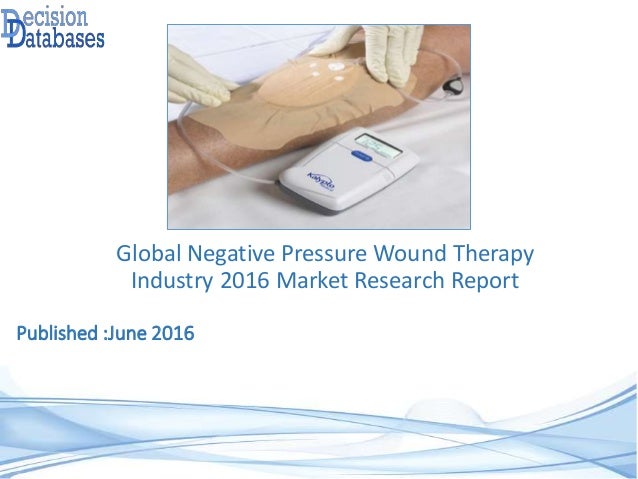

Comparison of antioxidant and anti-inflammatory effects of honey and spirulina platensis with sulfasalazine and mesalazine on acetic acid-induced ulcerative colitis in rats. Based on the evidence to date, the clinical effectiveness of negativepressure therapy is still unclear. It can be used as a primary treatment for chronic/complex wounds or as an adjunct to surgery. In vitro study of anti- Helicobacter pylori activity of honey: A systematic review. Topical negative pressure (TNP) is a mode of therapy used to encourage wound healing. Clinical significance of Manuka and medical-grade honey for antibiotic-resistant infections: A systematic review. Health benefits of Manuka honey as an essential constituent for tissue regeneration. Antibacterial activity of Manuka honey an its components: An overview. In-vitro susceptibility of methicillin-resistant Stayphylococcus aureus to honey. Antimicrobial activity of honey in periodontal disease: a systematic review.

Effect of honey in preventing gingivitis and dental caries in patients undergoing orthodontic treatment. Honey as a potential natural antioxidant medicine: An insight into its molecular mechanisms of action.

Effectiveness of honey for symptomatic relief in upper respiratory tract infections: a systematic review and meta-analysis. You can learn more about how we ensure our content is accurate and current by reading our editorial policy. Healthline has strict sourcing guidelines and relies on peer-reviewed studies, academic research institutions, and medical associations. Manuka honey may also prevent alcohol-induced gastric ulcers. More research is needed, but Manuka honey’s potent antibacterial effects may help treat gastric ulcers caused by H. pylori that increase the incidence of diseases like peptic ulcers and gastric cancer. Moreover, those who consumed honey regularly were significantly less likely to have infections associated with specific strains of H. N egative pressure wound therapy (NPWT) is a well-established treatment option for the management of a range of chronic and acute wounds. pylori infection than those who did not consume honey regularly. It found that people who consumed honey more than five days a week had a significantly lower risk of H. pylori in 294 individuals between 18 and 69 years old. One study examined whether dietary factors influenced the presence and spread of H. Research suggests Manuka honey may help treat gastric ulcers caused by H. pylori) is a common type of bacteria that’s responsible for the majority of gastric ulcers. These sores form on the stomach lining, causing stomach pain, nausea, and bloating.
#NEGATIVE PRESSURE WOUND THERAPY NCBI SKIN#
Late diagnosis and prolonged wound therapy were identified as predictors for late mortality.Stomach ulcers are one of the most common conditions affecting humans. Negative pressure wound therapy has been used for large skin defects, necrotizing fasciitis, pharyngocutaneous fistula, stoma dehiscence, osteoradionecrosis of the mandible, chyle fistula, flap failure, and lymphangioma in the field of head and neck surgery. There was no difference in survival between our initial cases and later cases. Our concept for VAC therapy in DSWI seems to be readily introduced in clinical practice. The time interval from cardiac surgery to diagnosis of DSWI and prolonged VAC therapy were identified as independent predictors of late mortality. The survival rates at 5 years were 69.2 +/- 9.1% (early group) versus 58.5 +/- 11.7% (late group), P = ns (non significant). The 90-day mortality was 0% in both groups. Multivariate analyses were used to evaluate the predictors of late mortality. A follow-up was carried out in September 2006. Negative pressure wound therapy (NPWT) is the application of suction to a wound in a sealed environment. Fifty-three patients (early Group, n = 26, January 1999 to July 2001 versus late group, n = 27, August 2001 to March 2003) were all treated with VAC for DSWI. Results: The force ratio needed to remove the wound filler from the wound bed after treatment with negative pressure was greater for foam than for gauze. Furthermore, predictors of late mortality were analysed and causes of late death were examined. Sections of biopsies from the wound bed with an overlying dressing were stained with hematoxylin-eosin and Giemsa and were examined histologically. The aim of this study was to evaluate the possible learning curve effects on survival during the introduction of vacuum-assisted closure (VAC) therapy in patients with deep sternal wound infection (DSWI).


 0 kommentar(er)
0 kommentar(er)
